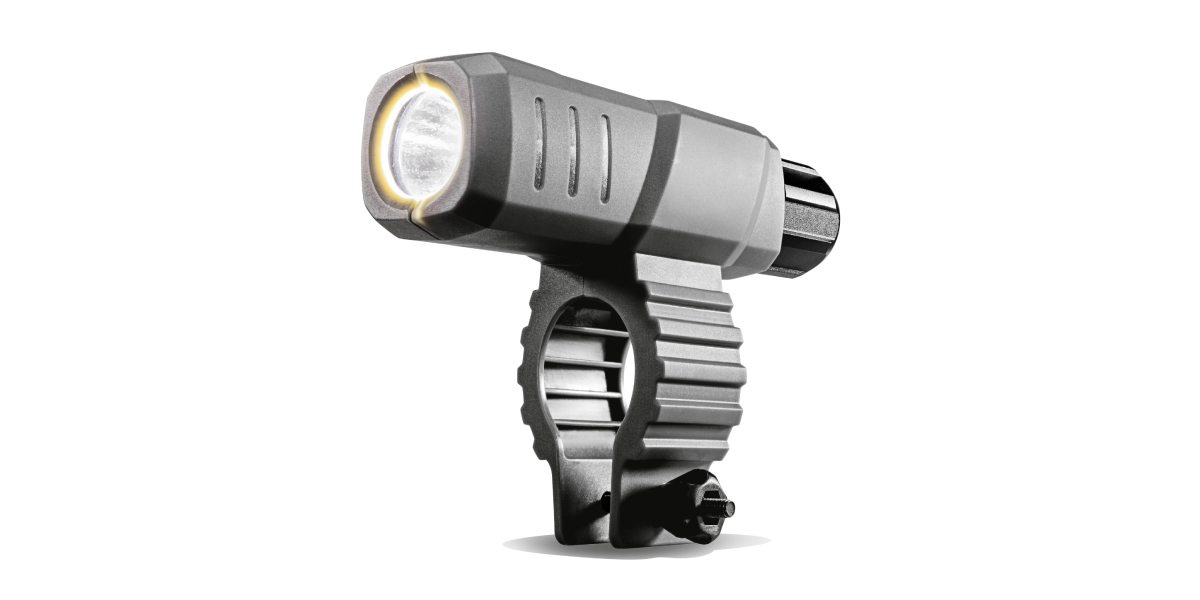Cleaning agricultural machinery
Value retention is a major issue when it comes to high investments made on farming machinery. The operational readiness of the tractor, fertiliser spreader or harvesting machine is also central, because they have to function seamlessly for certain types of work in short time windows that the seasons and legislation dictate. Employee protection and occupational safety are equally important. Those who clean and maintain agricultural machinery professionally ensure that they remain in use for a long time and avoid costs for breakdowns and repairs.

Cleaning agricultural machinery for farms and contractors
Tractors play a major role on farms and are key machines to farm operations. Carry out tractor cleaning as needed to ensure readiness for use and to detect damage hidden under dust and dirt.
Regular cleaning is also important for self-propelled machines such as potato harvesters, forage harvesters and other agricultural machines, especially as the sometimes very expensive high-performance machines are often used by different farms via a machine station. When returning the machines, it is important to comply with the agreed standards regarding machine condition. If a contractor travels from farm to farm, they must also ensure that no germs or resistant plants are carried over.
Cleaning agricultural machinery externally with high pressure
Pressure cleaners have become established parts of the external cleaning. They remove all dirt quickly and effectively.
In the case of cold water high-pressure cleaners, use a suitable cleaning agent to achieve a good result quickly.
Hot water high-pressure cleaners are particularly effective. The high temperature increases cleaning performance. You achieve better results in less time, which reduces water consumption compared to cold water pressure washers. In combination with faster drying, the workload is reduced by up to 40 percent. Oils and greasy residues are also dissolved much better.

Advantages of hot water high-pressure cleaners
Cleaning with hot water: High-pressure cleaners clean even better at a constant pressure. Alongside improved results and faster cleaning and drying times, hot water high-pressure cleaners also have a measurable germ-reducing effect. When the steam stage is used, even delicate surfaces can be gently cleaned with temperatures of up to 155 °C. Furthermore, the machines allow for a reduction in the working pressure, the time required and the volume of cleaning agent that is used. This means that cleaning with hot water offers a number of advantages and various possibilities for optimising the cleaning process.
Cleaning agricultural machinery in 5 steps
Step 1: Preparation and cleaning the cabin
Once you have chosen the appropriate cleaning location, start with the operator's station/cabin by dry cleaning it, including windows and cabin air filters, sieves and pre-filters. Wet and dry vacuum cleaners, cleaning agents and cloths help.
Step 2: Soak and apply detergent
Remove coarse dirt mechanically or with air, then open all flaps of drives or radiator packs. All components need to be intensively wetted with the high-pressure cleaner and sufficient water to soak and dissolve the dirt.
Then, using the cup foam lance, cover all external surfaces with a cleaner suitable for agricultural machinery and let the foam soak in.
Step 3: Cleaning with a hot water high-pressure cleaner
Wear personal protective equipment and remove the well-soaked dirt with hot water high pressure. Work from the bottom up and create cleaning passages as needed.
Clean sensitive components gently or indirectly and check all covers and maintenance flaps. Rinse where necessary.
Step 4: Drying time
When drying, vacuum or blow away residual water if necessary. Inspect clean machine for damage and repair if necessary. Check lighting and fittings, if present, clean cabin windows from the outside.
Step 5: Maintenance and care
Work off the manufacturer's maintenance schedule, process maintenance points according to the operating instructions, e.g. grease. Reposition all radiator packs, maintenance flaps. Apply preservative where necessary. Carry out functional tests as required to determine serviceability.

Tip – cleaning agricultural machinery with high pressure:
- Pressure and amount of water depend on the object and degree of soiling.
- The distance should be about 20 to 30 centimetres from the surface to achieve the maximum cleaning effect while avoiding damage.
- Different accessories make work easier, for example there is an LED nozzle light for poor visibility and longer lances or articulated joints for cleaning large and high machines.
Cleaning agricultural machinery internally: Cabin and windows
Whether harvester or tractor, cleaning the cab is often neglected, especially during the labour-intensive season. Nevertheless, you can achieve many benefits with systematic interior cleaning, which are equally beneficial to people and technology.

Cabins
First of all, you should use a hoover in the cabin space to remove the small particles of dirt regularly and thoroughly. This avoids damage to electrics, electronics and hydraulics as well as costly repairs caused by dust, dirt and moisture. In addition, employees benefit from breathing air that is hardly contaminated with dust and are less at risk of suffering respiratory diseases. It also makes sense to clean the cabin air filter to prevent the spread of mould spores or mycotoxins.
Windscreens
Finally, clean discs ensure higher work quality and more efficient work. If the discs are not clean, this can have serious consequences, because the working width of the implement is only insufficiently utilised in poor visibility. During soil cultivation or harvesting, this results in more time spent as well as higher costs for diesel and wear parts, as the working width is overlapped, and more passes are made than necessary. When using slurry tanks, the incorrect assessment of the working width results in too many nutrients being applied to the area, which must be avoided in accordance with the significantly stricter slurry ordinance. In many cases, poor visibility also increases the likelihood of damage or accidents.
When and how should I clean agricultural machinery?
As often as necessary, as little as possible
There is no money in cleaning work in agriculture, especially in the season. But you can avoid costs and unnecessary repairs while working safely and efficiently. It is therefore important to choose a sensible cycle for cleaning the various agricultural machines.
-
After hard periods of use or change of operation:
You should always carry out exterior cleaning after hard periods of use such as sowing or harvesting, or whenever a machine is to be used on another farm. -
It depends on the type of unit – once a year or after every use:
The appropriate cycle may vary depending on the type of equipment: machines for soil cultivation and equipment for sawing are very heavy and robust, so cleaning once a year may be sufficient, preferably in autumn.Crop protection equipment and fertiliser spreaders, on the other hand, come into contact with very corrosive substances, as do slurry tanks – so cleaning is recommended after each phase of use.
-
Frequent cleaning for better occupational safety:
On the other hand, you should carry out all measures concerning employee protection and occupational safety much more frequently. It therefore makes sense to clean the cabin, including the windows, as often as possible, even during the season, ideally daily.















